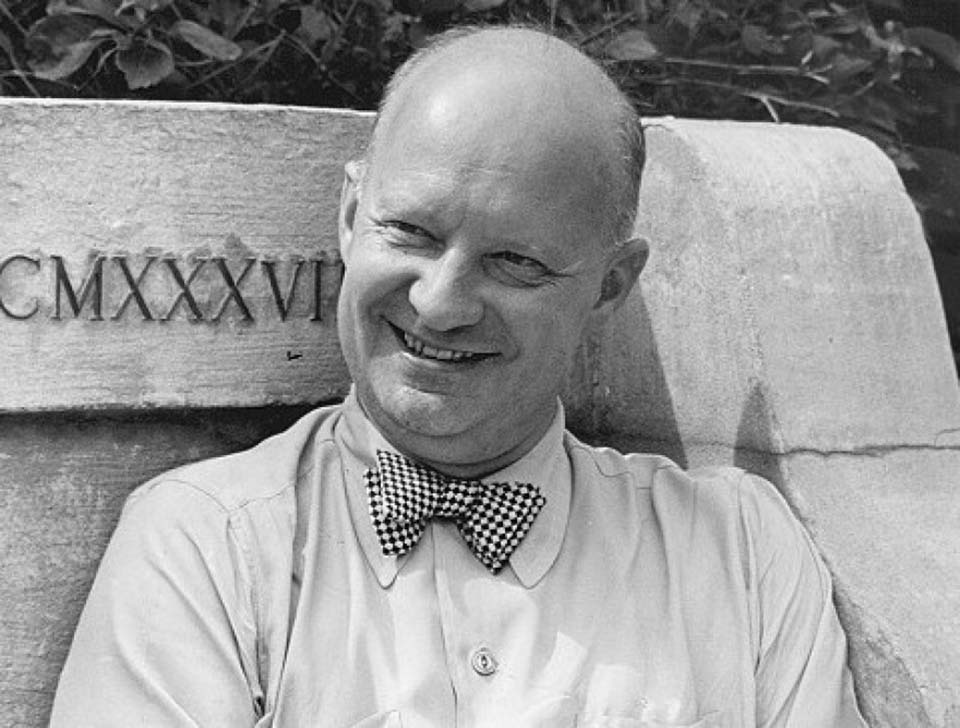
Last night, while trawling through classical music videos on YouTube, I came across an overture that I’d not heard since I was a spotty teenager back in The Old Country. The custom there, at the age of sixteen, was to subject oneself to O-level examinations in various school subjects, usually eight or nine of them. The examinations, in such diverse subjects as biology, French, chemistry, physics, mathematics and others, were spread over two or three weeks and were preceded by many months of evening revision at home, or “swotting” as it was known.
My mother had been a teacher and she was determined that I should do several hours revision every evening in addition to the usual homework. This went on for a good many weeks but fortunately I was lucky enough to have a space of my own and my mother issued me with a bar of Cadbury’s Bourneville chocolate half-way through the long swotting sessions. Those students who boasted about their excessive revision were known as “swots;” not usually a term of endearment.
This brings me to Weber and the almost-forgotten overture. He was a German composer, conductor and virtuoso pianist who had a significant influence on nineteenth century German opera. One of my O-level subjects was music and part of the course required the study of set works which consisted of several classical pieces that students had to study in microscopic detail. Fortunately, I had an inspirational teacher but the score required many weeks of study. As far as I can recall, the set works included Schumann’s song cycle Dichterliebe, Haydn’s String Quartet Op 76 No 4, the Eighth Symphony of Schubert and Weber’s overture to his final opera Oberon.
Carl Maria von Weber (1786-1826): Overture to “Oberon”. Symphony Orchestra of the Estonian Academy of Music and Theatre cond. Paul Mägi (Duration: 10:05; Video: 1080p HD)
Carl Weber (VAY-ber) had a good start because both his parents were competent and well-known musicians. The “von” in the family name was adopted by his father to give it a more aristocratic flavour. Carl was a remarkably talented child though despite the wishes of his ambitious father, not a child prodigy. Even so, in 1804 at the age of seventeen Carl was recommended for the post of Director at the Breslau Opera in 1804 which he accepted. He quickly brought about changes to reform the opera company by expanding the orchestra, tackling a more challenging repertoire and pensioning off the older singers, an act that must have caused more than a little resentment.
Weber was a prolific composer and among his works are ten operas, though he’s best known for a mere handful. The success of his penultimate opera Der Freischütz led to an important commission from London’s Royal Opera House, for which he wrote his final opera and his only one in English. It was the fairy-tale opera, Oberon which was first performed to considerable acclaim in London in April 1826. Sadly, Weber died of tuberculosis in London less than two months later.
Though the opera is rarely performed today, the overture has survived as a popular concert piece. The opening notes on the solo horn (dreaded by many horn players) create a mystical atmosphere with the soft strings and they’re followed by “fairy-like” scampering sounds among the woodwind – an effect later used by the younger Mendelssohn. The overture is full of high spirits, brilliant orchestration and a wonderful sense of joie de vivre.
Paul Hindemith (1895-1963): Symphonic Metamorphosis on Themes by Weber. KIT Symphony Orchestra cond. Tobias Drewelius (Duration: 22:29; Video: 1080p HD)
Don’t be put off by the austere title, for this is the composer’s most popular work. It’s derived from melodies in various piano pieces and incidental music by Weber and adapted to Hindemith’s own musical needs. Symphonic Metamorphosis was written in America in 1943 and was an immediate success when it was premiered by Artur Rodzinski and the New York Philharmonic the following year. By that time, Hindemith (HIN-duh-mitt) was a well-established composer. His success had began in the 1920s when he emerged as one of Germany’s musical talents as well as something of an enfant terrible, due to the relentlessly dissonant nature of his music. He was also a superb viola player and in 1929 he founded the Amar Quartet which made extensive tours throughout Europe.
This lively work is cast in four movements and begins with a pounding insistent rhythm leading into a piece full of exuberance and vitality. The lively second movement is based on Weber’s incidental music to the play Turandot, the same Chinese fantasy that Puccini used in his 1926 opera. The movement shows a distinct jazz influence with thunderous percussion and perhaps is a reminder of Hindemith’s student days playing in dance bands. There’s a quiet, mysterious third movement and the work culminates with a march-like movement in which reminders of Weber’s original music come to the fore. If Hindemith is new to you, give this engaging music a try.
 |
 |
 |





